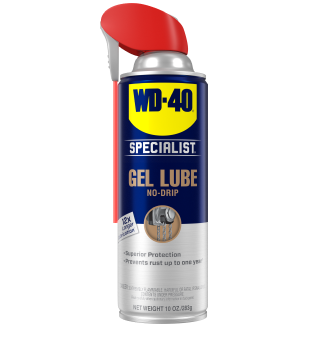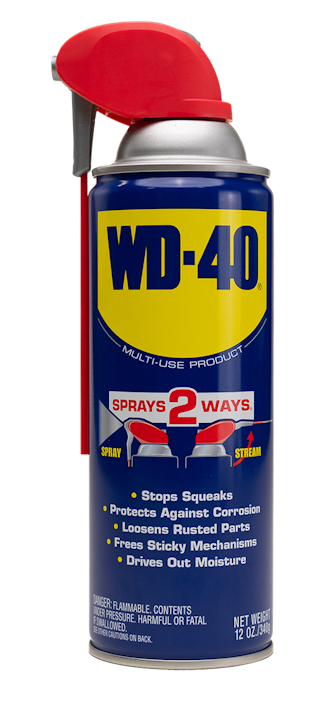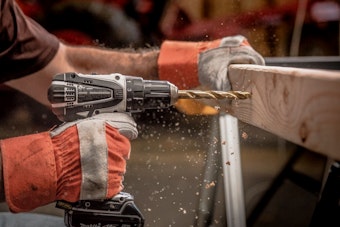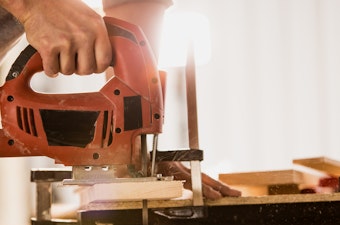How-to Maintain Your Tools: Chisels
How-to Maintain Your Tools: Chisels
<< Back“Simplicity is the ultimate sophistication,” according to Leonardo da Vinci. When it comes to tools, it doesn’t get much simpler than a chisel. A piece of edged metal fixed with a handle…even a hammer or screwdriver possesses more complexity in design. Even so, the chisel is a classic tool still widely used today to create pieces both pragmatic and artistic. While relics of the past date the chisel to at least 6,000 years old, not much has changed in how to care for this time-tested tool: keep it sharp, free of rust & corrosion, and store it in good condition where you’ll know where to find it. Read on for some practical tips to consider when maintaining your chisel or chisel set.
Digging into the Basics
Lessons from a high school curriculum teach of the six simple machines: a lever, wheel and axle, pulley, inclined plane, wedge, and screw. Going back to the idea of simplicity and sophistication, the chisel uses three of these six principles in one easy to use (but difficult to master) tool. A chisel can be used as a lever, wedge, and inclined plane to do both rough work and refined craftsmanship on wood, metal, stone, and other materials. There are many kinds of chisels, some common and inexpensive and others carefully wrought for specific purposes, and all should receive an appropriate degree of attention and maintenance to remain an asset for personal or professional use. When used with wood, an important distinction exists between chisels designed to be struck with mallets and those meant to be worked by hand pressure alone. Checking to see if the handle is “full tang” or not (meaning the metal extends through the handle, or the handle is attached with little to no tang) is an easy way to tell if you can strike it with a hammer or mallet. Chisels used with metal are also divided into hot chisels and cold chisels, the temperature distinction applying to the intended working material versus the tool itself.
The Cutting Edge
The Latin origins of the word chisel refer to it as “cutting tool” and – while other uses exist – the blade remains a chisel’s primary feature. Regardless of the quality and degree of craftsmanship, most all chisels can and should be sharpened as part of a regular maintenance practice. A sharp chisel is easier to use and performs tasks with more speed and precision, so don’t waste your own time and energy by waiting too long to hone its edge. Depending on your experience, the intended use, and the kind of chisel you’re sharpening, you can use a grinding wheel, whetstones and other sharpening stones, and even sand paper. Matt Estlea’s YouTube channel provides a good tutorial on “How to get a deadly sharp edge on a chisel” along with a wide range of videos that cover woodworking techniques from basic to advanced levels.
Chisel Safety
Since chisels are essentially a blade, it’s important to operate and maintain these tools with appropriate levels of care and protective equipment. Use gloves and clear safety glasses when sharpening chisels or plying them on the working materials. Although it may sound counterintuitive, keeping a sharp chisel is generally a safer practice because dull chisels require more force and have a greater chance of slippage. As mentioned above, be sure the tool you’re using is appropriate to use with a mallet before striking the handle. Hammering on mallet handles can also lead to “mushrooming,” so be sure to care for both sides of the chisel when you’re doing your maintenance practices.
Pro Tip: Find an old rusty chisel or other metal tool in the bottom of a box or back of a drawer? Don’t give up on it yet – submerge metal items with significant rust or corrosion in WD-40 Specialist® Rust Remover Soak to help recover these tools and get them back in action. Soak 1-3 hours for light rust or overnight for heavier jobs and refer to the product label for further instructions.
FEATURED PRODUCTS
WANT TO GET MORE TIPS AND TRICKS?
SUBSCRIBE TO THE NEWSLETTER




